Ithaca College hosted the first-ever commemoration in 54 years of a march and sit-in that was organized in 1970 by the college’s then Afro-Latin Society (ALS). Beginning April 9, 1970, a series of week-long events began after about 40 students marched from Egbert Student Union — now called the Campus Center — to occupy the space inside Job Hall, where former college President Howard Dillingham’s office resided.
The April 17, 1970 issue of The Ithacan reported that “Students [were] hanging over the administrative balcony [and] responded to [Dillingham] with, ‘meet the demands,’ while an opposing element chanted, ‘Bring the police.’” The article also notes that there were 400 students waiting outside of the Campus Center, formerly known as The Union, chanting “Meet the Blacks demands” and that the 40 students who occupied the space inside Job Hall damaged parts of the bookstore.
History
ALS members and students protested to voice their frustrations with the mismanagement of Education Opportunity Program (EOP) funds. It was established as a fiscal sponsorship to help students overcome financial and academic barriers to attending four-year institutions.
In April 1970, $90,000 allotted to the college’s EOP program were believed to be diverted to landscaping, based on information on the budget. At the time, most Black and Latino students could not afford to study at the college without EOP funds, according to the list of demands presented by ALS in The Ithacan.
The Ithacan’s reporting from April 10, 1970 states that the financial cuts in the budget were only proposed at the time, not implemented, and that while the EOP was one of the programs targeted, funding would also depend on state and federal aid.
Steven Centeno ’73 participated in the protest in 1970 and attended the 2024 commemoration event. Centeno said to The Ithacan that the ALS was against the $90,000 budget cut because it felt that the money was not being invested where it should have been.
“When these budget cuts came … we were really shocked because what the college was proposing was to reduce our number, our admissions and recruitment,” Centeno said. “[At the time] there were beautification projects that were going on campus … that money was supposed to go to the students and they decided to take the beautification.”
Centeno said that in the 1970s, there was a general culture at the college that made BIPOC students feel unwelcome. Centeno said everything that the ALS did came from a place of defending themselves, rather than actively attacking those in power.
“In the bathroom right here [in Campus Center] there used to be bathrooms along this wall and it said [things like], ‘if Black is beautiful, I just laid a masterpiece’ [and] ‘Everyone should own two n— and shoot one,’” Centeno said.
The college had 70 Black students out of 3,500 total students at the time, according to a New York Times article. As of Fall 2023, 23.4% of Ithaca College students identify as BIPOC, according to the Office of Analytical and Institutional Research. Since Fall 2020, the percentage of BIPOC students has stagnated around 23%.
According to the list of demands presented by ALS in The Ithacan, the students presented their 12 demands to Dillingham on April 9 and extended an invitation to meet with the administration April 11 so that demands could be met by April 13, as they asked. However, no administration met with the students on April 11.
The April 24, 1970 issue of The Ithacan notes that after the protest, the college committed $341 million to the EOP in a written statement.
Commemoration
The commemoration on March 25 was co-sponsored by the BIPOC Unity Center, the Center for Equity, Inclusion and Belonging, the Students of Color Coalition, the Office of Philosophy and Engagement and an alumni group called IC Unity.
Notably, alumni Dennis Byron ’71, Vernard McBeth ’71 and Centeno told their stories as students at the college and the first members of the ALS. ALS is the second-oldest student organization at the college, preceded only by the Student Governance Council.
McBeth, like Centeno, also spoke about the culture of the college in the 1970s and what he dealt with as a Black man.
“Even though we were aware of racism in this country, my first experience with overt racism was here on this campus,” Mcbeth said. “We were talked down to, talked about and any kind of disparagement you can think of, we suffered.”
Byron said to The Ithacan that the commemoration was an opportunity for the college to learn about the history of BIPOC students’ struggles and also expand the narrative.
“Sometimes the true history isn’t told,” Byron said. “This would be an opportunity to set the record straight. I don’t think you can make any progress at this institution, or any institution, if you don’t tell the truth.”
When The Ithacan asked Byron about and gave a summary of IC Rise Up, he said the act of publishing statements on campus was an indicator of the progress that still needs to be made.
“The fact that they put stuff on the wall meant that they weren’t being heard,” Byron said. “And that’s no different than we did 50-some-odd years ago. Here we go full cycle again and again. Until you get the truth out [and have an] environment that speaks to the needs of everybody, then you’re not making any progress.”
In his talk, McBeth said ALS was a vehicle of change on the college’s campus that held those in power accountable.
“ALS was the conscience of the Ithaca campus,” McBeth said. “I always tell folks … when ALS spoke, IC listened ’cause we spoke truth and power, and they knew we were right even if they didn’t want to admit it.”
Tanya Hutchins ’89, who helped plan the commemoration event, said EOP funds paid for her scholarship from 1985 to 1989. Hutchins said she is grateful for the work ALS members did in 1970.
“I am thankful for those actions 54 years ago because without them I would not be standing here before you as an IC alumni,” Hutchins said at the commemoration talk. “The actions of April 1970 paved the way for the Center for the Study of Culture, Race and Ethnicity or the BIPOC Unity Center, or the MLK Scholar Program or any other program that aims to empower students of color.”
After the talk by alumni in Job Hall, attendees moved to the ALS lounge in West Tower to hear from Nicholas Carl Moore ’80, who created the iconic mural of the lounge. The mural is a collage of images that wrap around three walls in the lounge. They depict famous Black and Latino artists and activists, like Sojourner Truth and Malcolm X, drawings of Latin American and African countries, quotes and lyrics, and elements of African culture close to the artist’s heart.
Moore said he took four months to paint the mural, locking himself in the lounge, stacking chairs to reach higher on the wall and often sleeping on a couch in the lounge. He shared his own story of arriving at the college, coming from Buffalo, New York.
“That was the first time in my life I had ever met such a diverse group of people because in Buffalo, you were either black or you were white,” Moore said in his talk. “Coming out the hood in the ’60s and ’70s, it was like going to Mars. There was nothing or anybody that looked anything like us.”
Moore also emphasized the importance of having a community and a safe space.
“We created everything here so that we could live, so that we could flourish,” Moore said.
The concluding event was held in Klingenstein Lounge with a performance by the Amani Gospel Choir and presentations from student organizations like Sister 2 Sister, Brother 4 Brother, Black Student Union and Pulse Hip-Hop.
Sophomore Mureen Doherty performed with the Amani Gospel Choir and is the daughter of Camille Doherty ’93, who was present at the commemoration and spoke to several students in attendance. The Amani Gospel Choir was founded by Moore’s generation of ALS members.
“Keep talking about history,” Mureen Doherty said about the commemoration event. “I would like for us to keep talking about history. Make it known. Make it important. Obviously, we know this space, but we don’t always have the historical context of it.”
President La Jerne Cornish, who addressed the alumni at the beginning of the day, said she recognized that the college was not perfect.
“In general, a home should be a place of safety and relaxation, a place where you feel comfortable to be your full and authentic self,” Cornish said. “I know that for some of you during your time on campus, Ithaca College did not feel like home.”
Cornish also commended ALS members who spoke up for their rights and paved the way for future BIPOC students to have their rights.
“I admire those of you who saw enough promise here … to roll up your sleeves and to work to make a better home, not just for yourselves, but for those who would come behind you,” Cornish said.
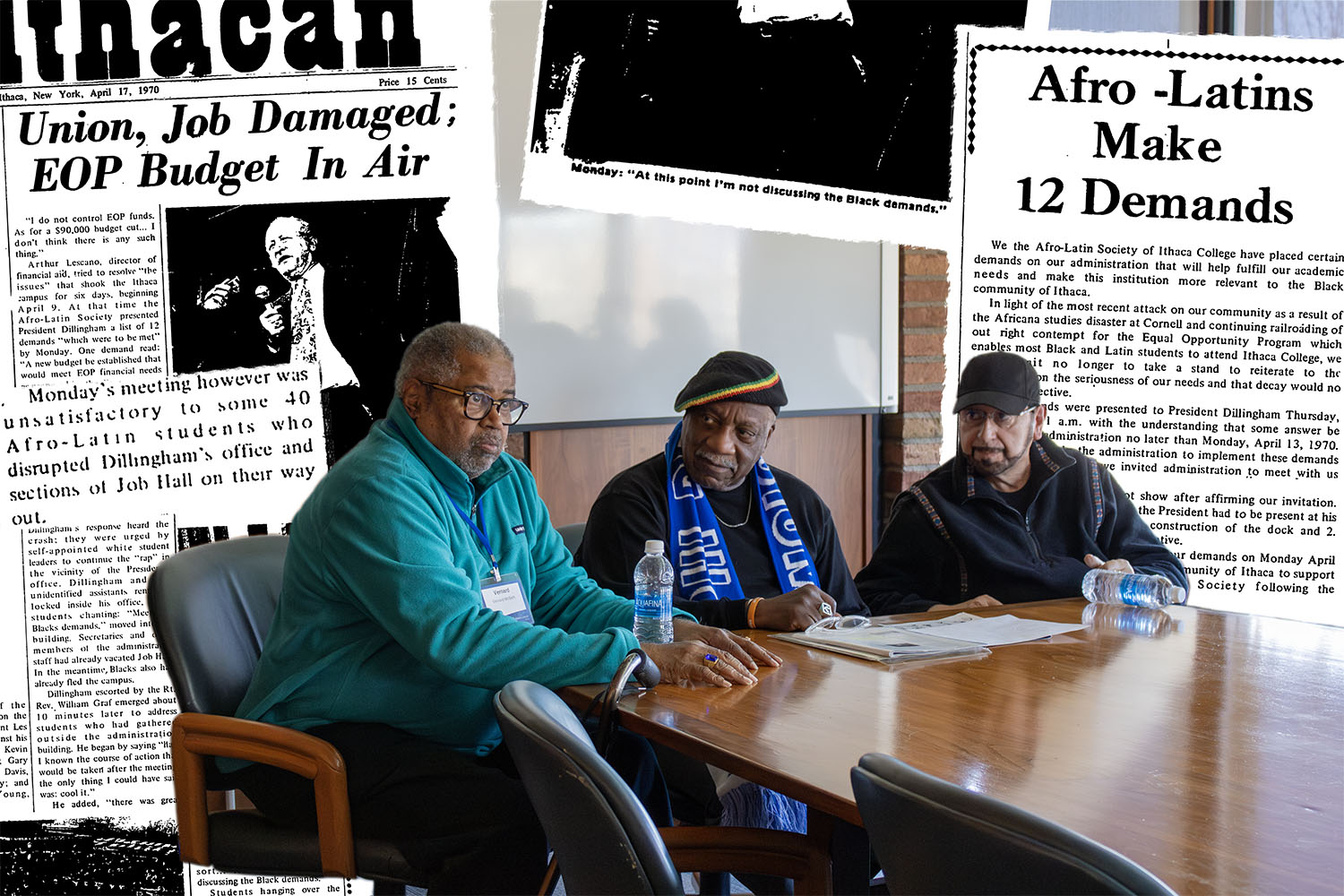

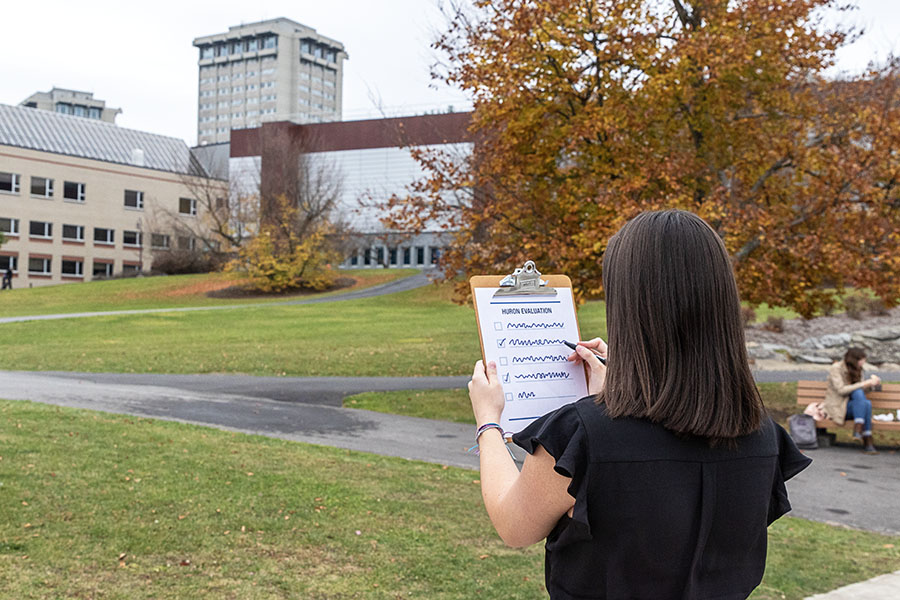


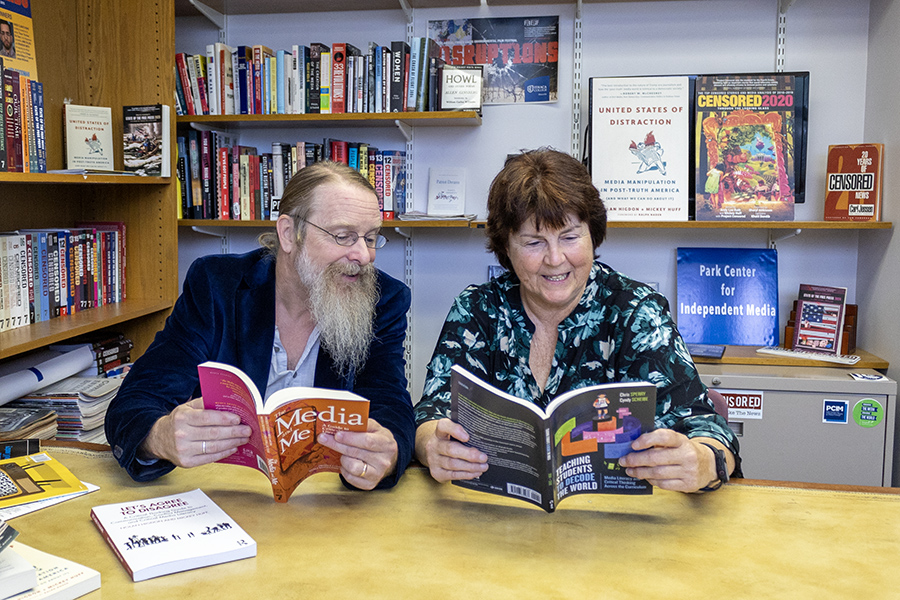




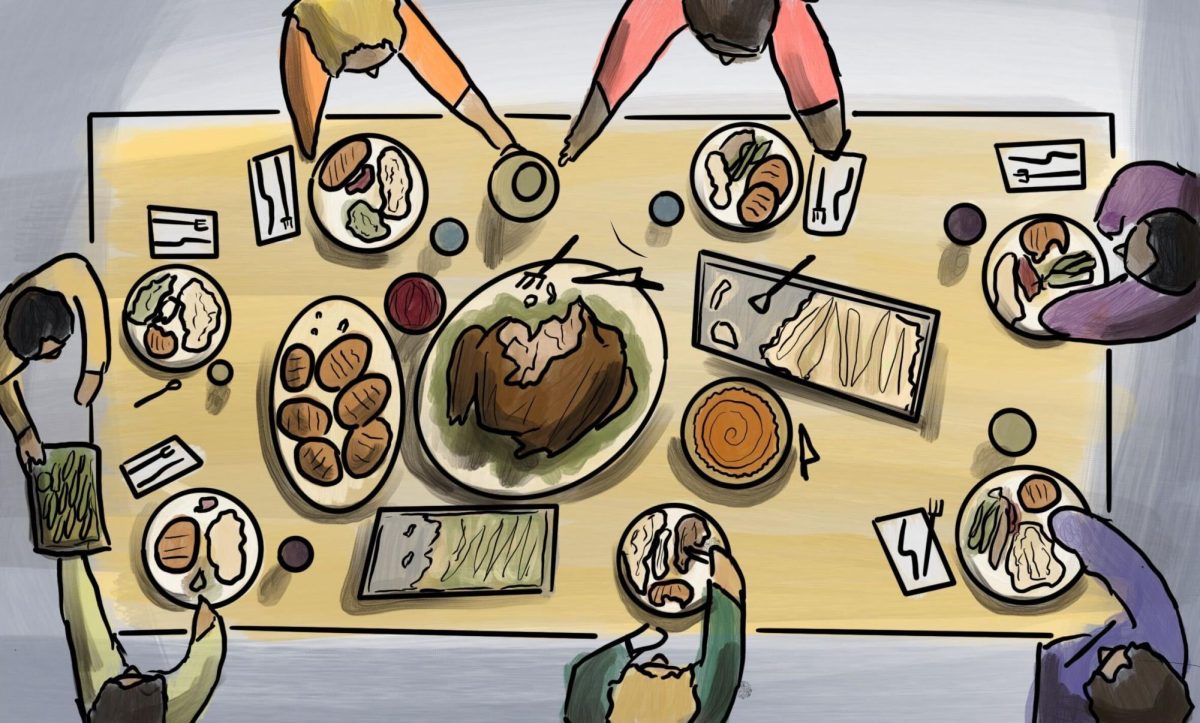
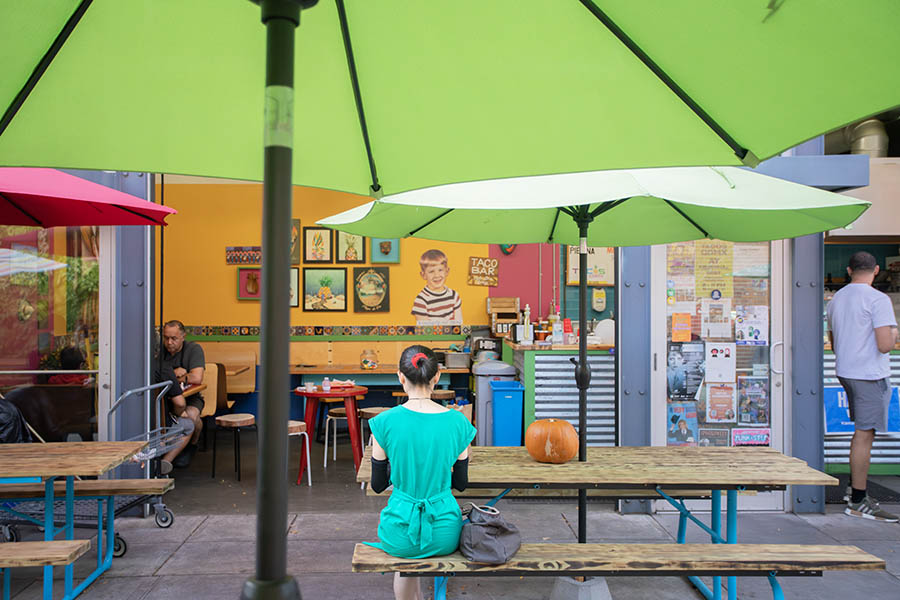
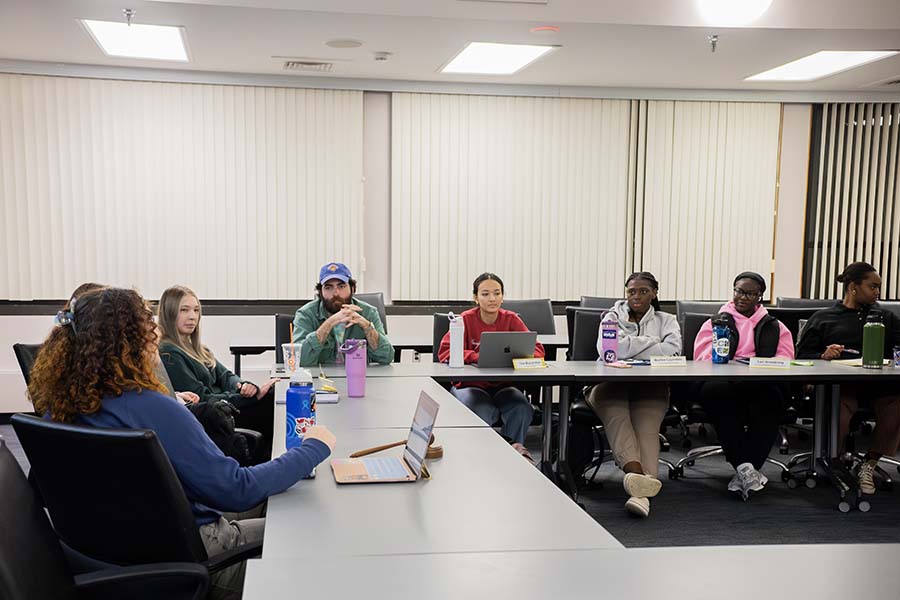

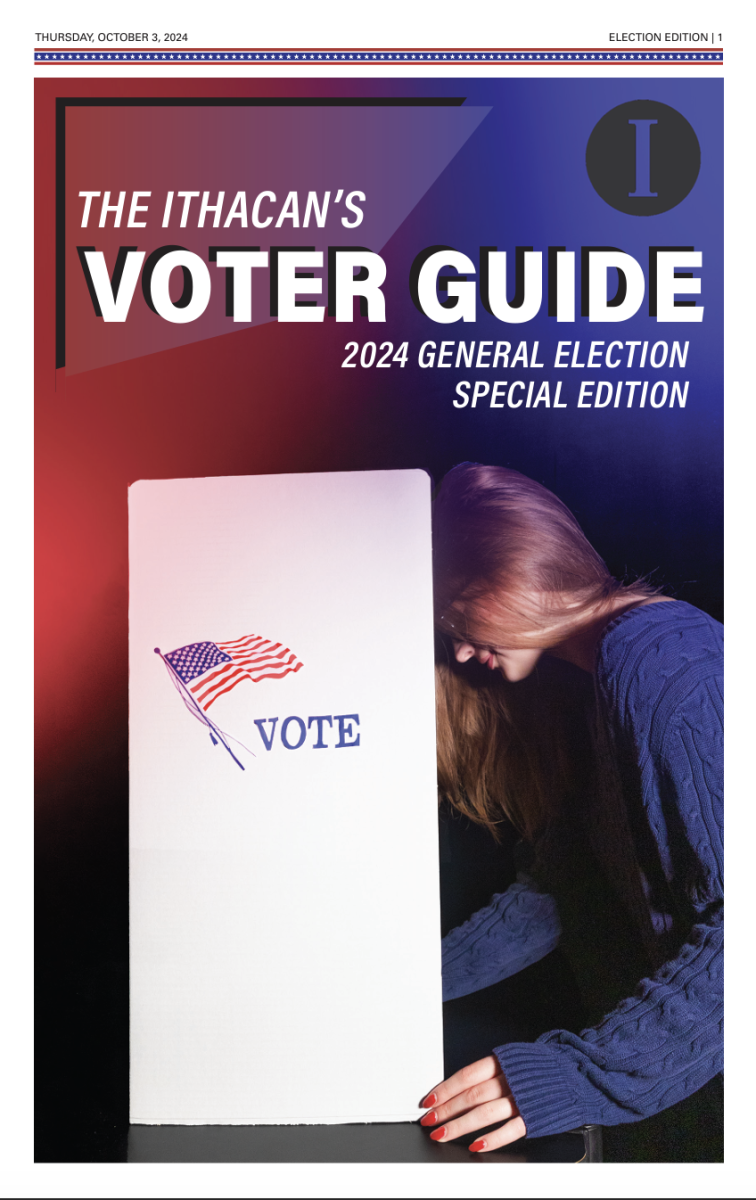
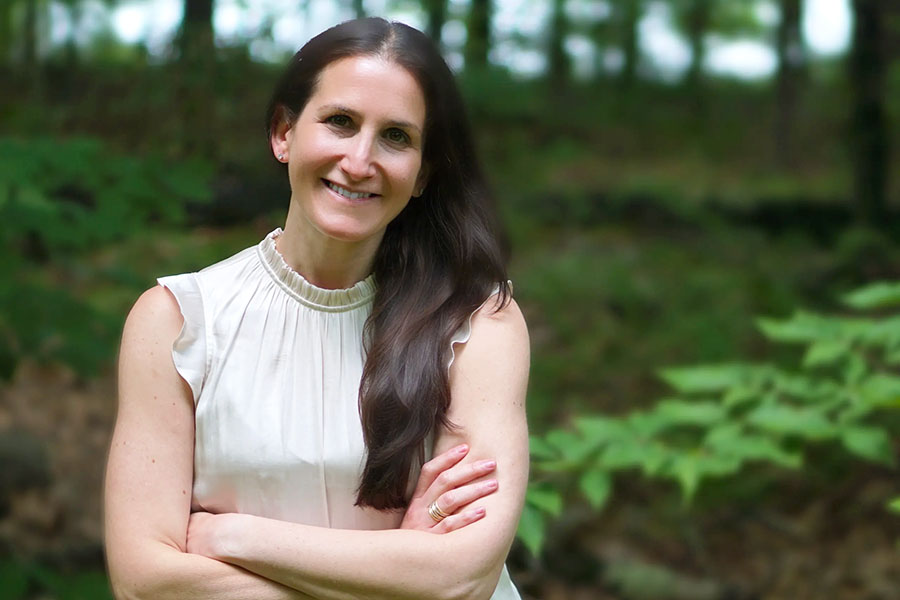
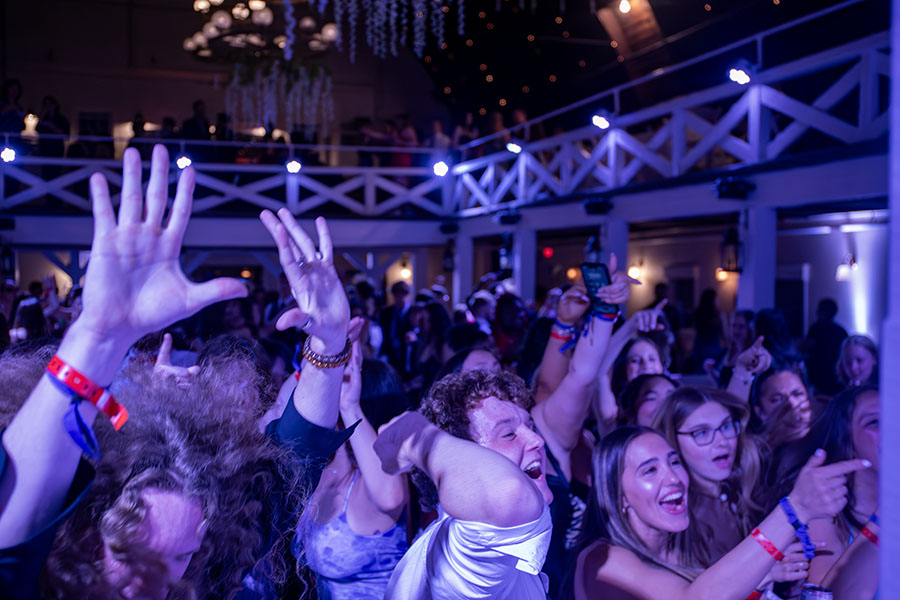
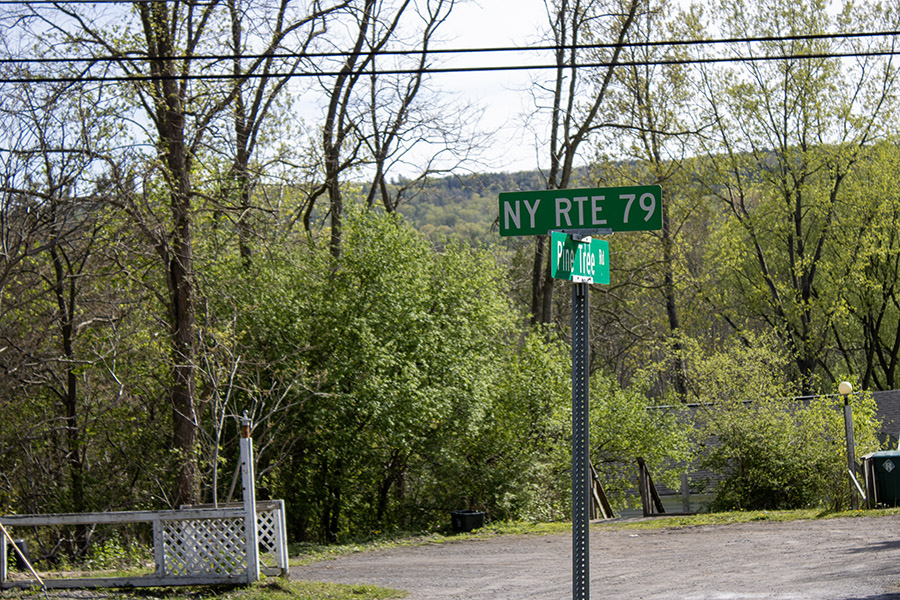
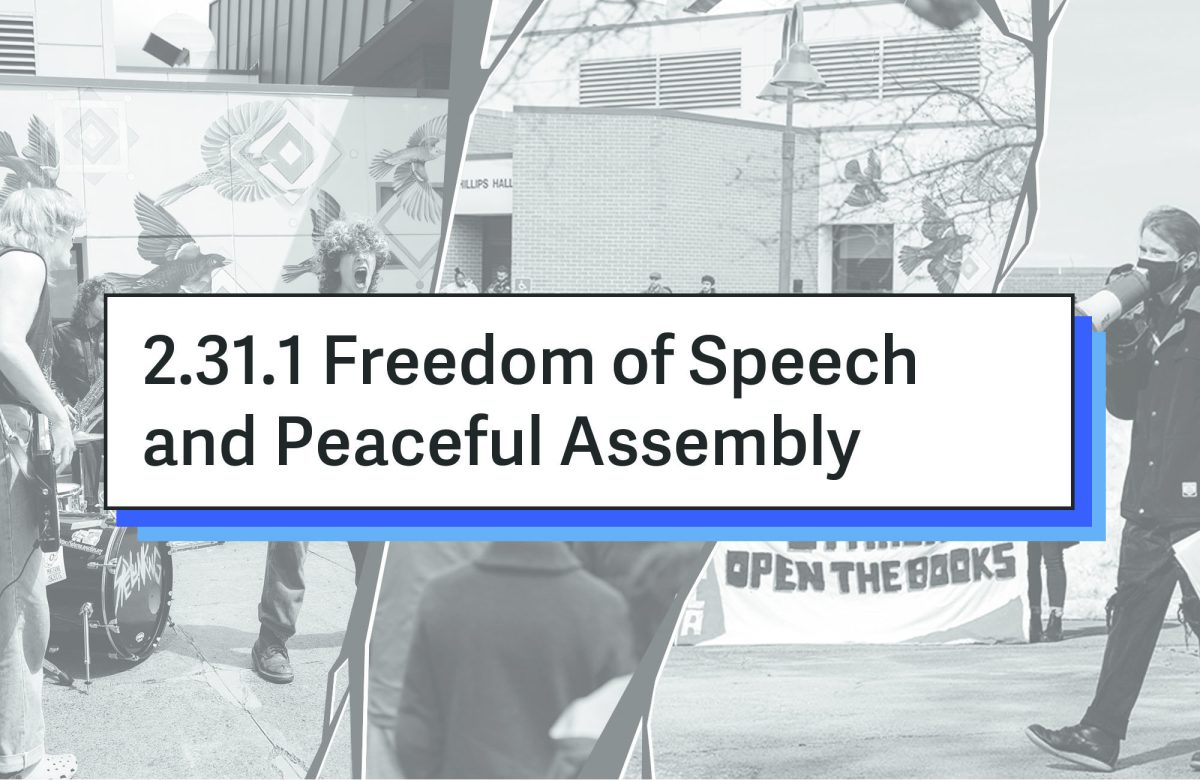
Tanya Hutchins • Mar 28, 2024 at 8:20 pm
I am so glad this commemoration happened. It was a vision of mine for more than a year! A team effort that lasted about 18 months.
Much thanks to the Ithacan reporters who covered the day-long events. The Afro-Latin Society has so much history.
There is also an ALS Scholarship to which can apply. I hope alumni give to the scholarship on Giving Day, April 18, 2024.